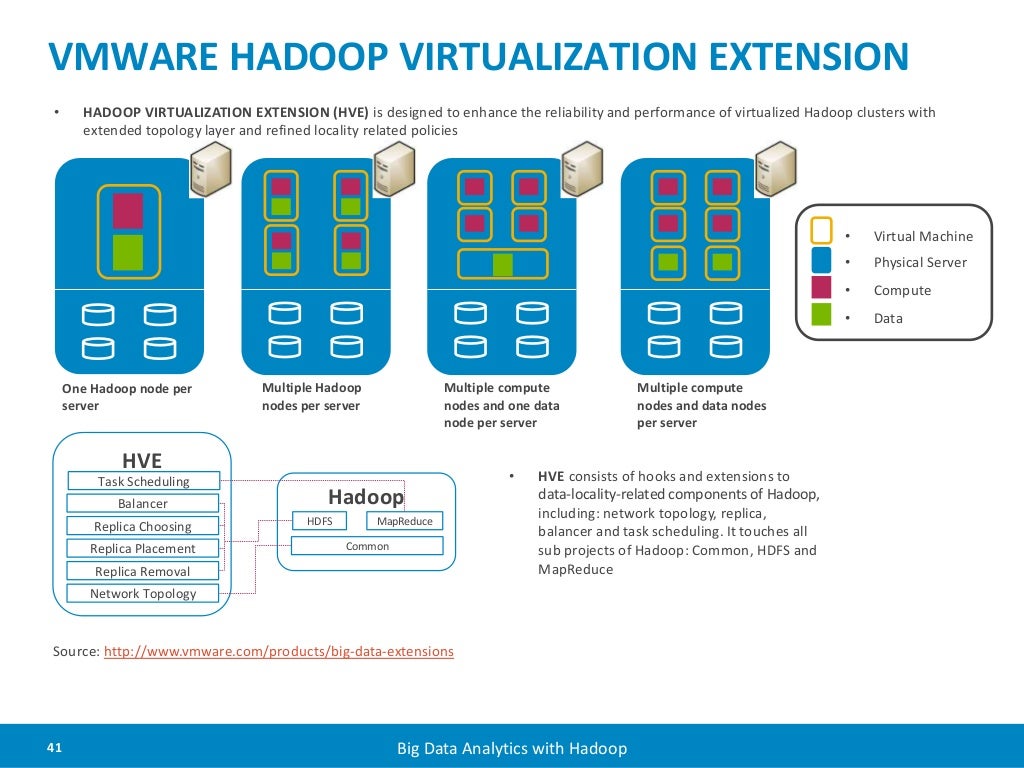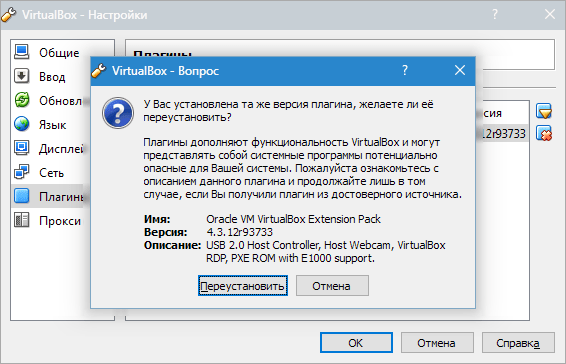

The VirtualBox app itself is both small-f freeware and capital-F Free Software, and so are its optional Guest Additions, which enable host/guest integration.

On Windows, Virtualbox 7 uses DirectX 11, and on xNix it uses a new DXVK driver for hardware 3D acceleration. On Windows hosts, there's experimental support for running in session zero, meaning that VMs will be able to start without anyone logging in. However, although version 7 will happily install on macOS 10.14, it won't run on it: 10.15 or newer is needed, so watch out if you still use Mojave.įor Windows users, VirtualBox's UEFI support now includes Secure Boot and emulation of TPM 1.2 and 2.0 chips, which will help with running Windows 11 in VMs. There's also a preview version for Apple Arm Silicon-based Macs.

On macOS, it no longer uses kernel extensions, relying entirely on the OS's built-in hypervisor tools – necessary as macOS 11 and later deprecated support for third-party kernel extensions. Some other changes in its integration with host OSes are less visible but should prove useful.

The GUI has been streamlined, with better integration of help and error messages and the ability to easily tweak settings such as the number of CPU cores during VM creation. The new version adds remote control of VMs hosted in the cloud and support for encrypted VMs too – although for now, that is only available from the command line. VirtualBox 7.0 is the latest version of the FOSS hypervisor that Oracle acquired along with Sun Microsystems in 2009 – barely more than a year after Sun acquired VirtualBox's developer, Innotek.


 0 kommentar(er)
0 kommentar(er)
